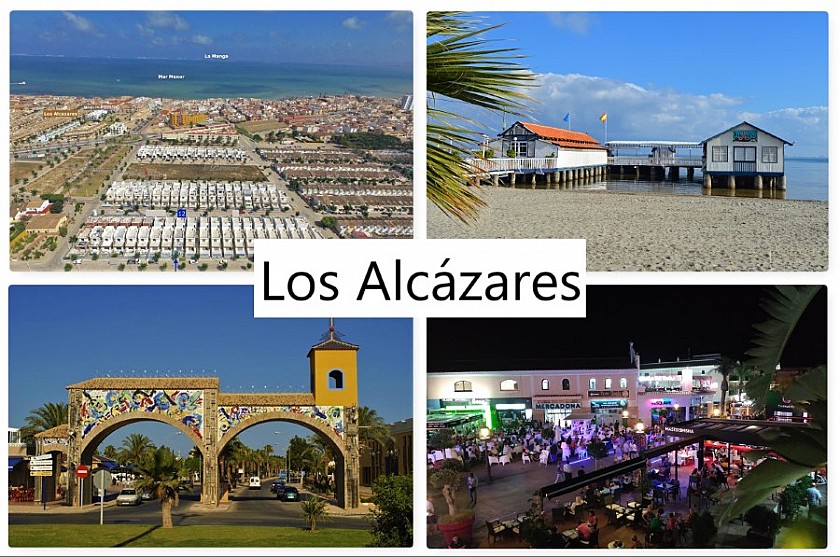
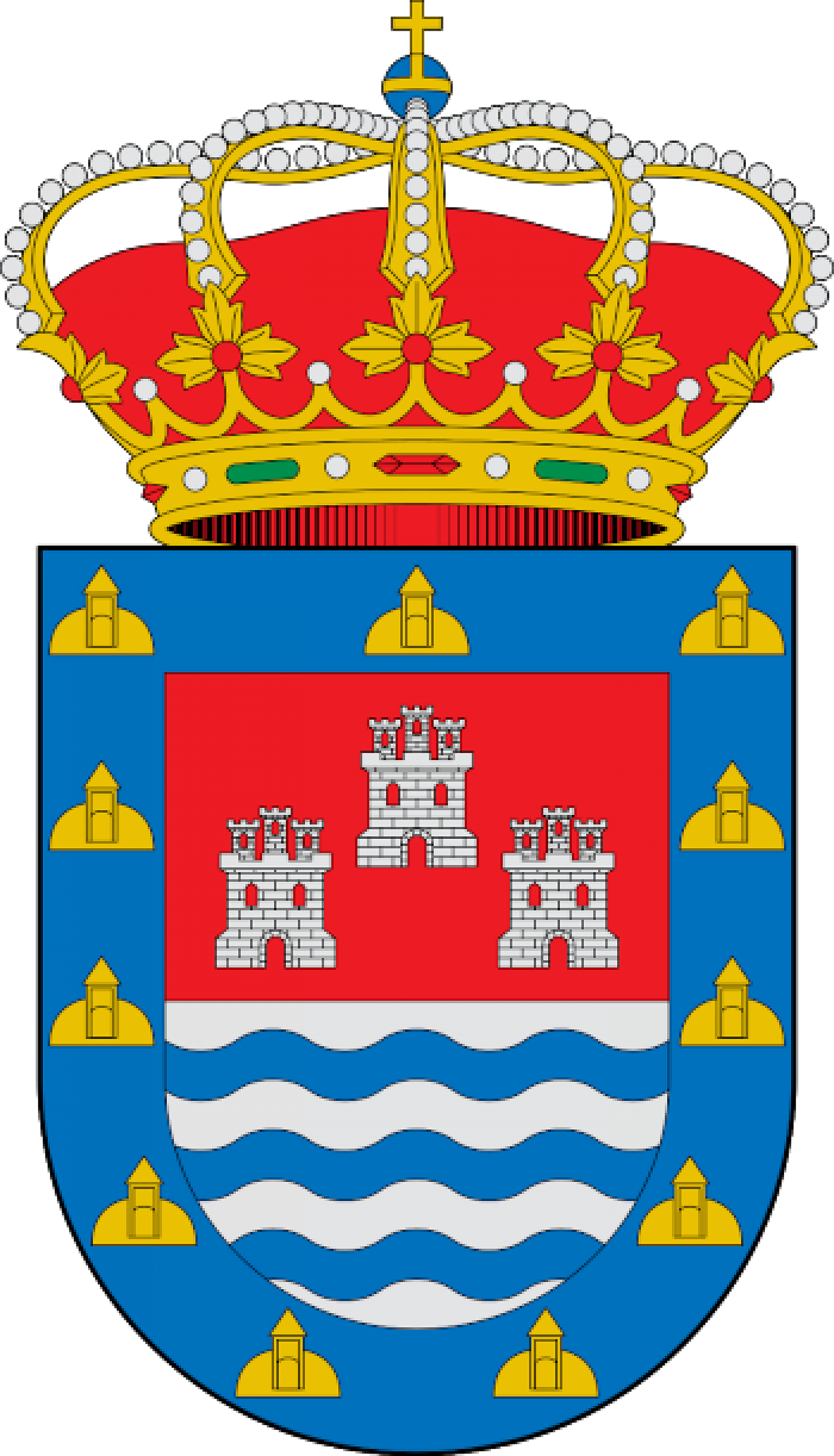
Population:
15.674 (2018)
Flag:
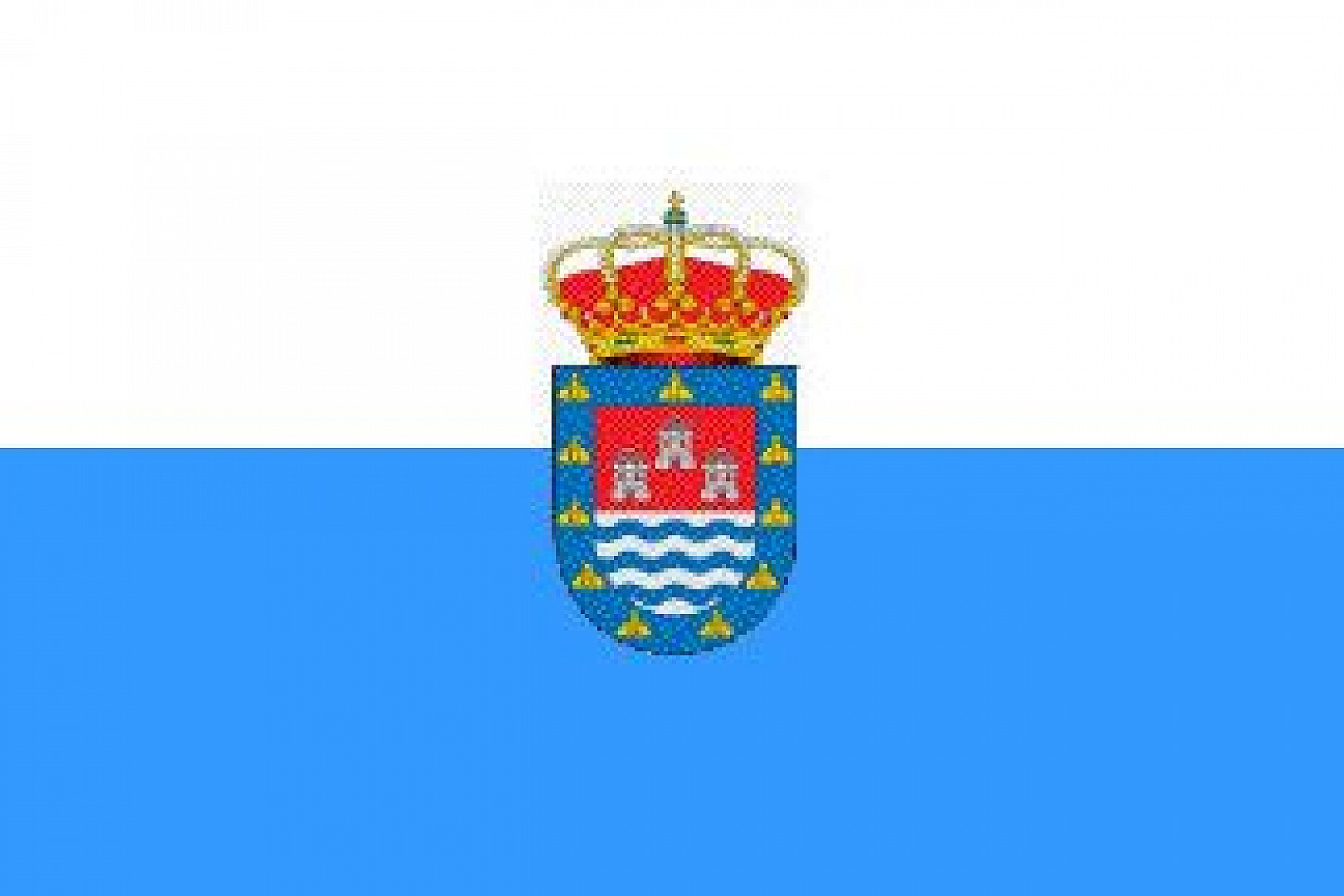
Watch:
Video Los Alcázares
To Los Alcázares belongs:
Location: coast
Airport: 36 km (Murcia)
Torrevieja: 36 km
Cartagena: 21 km
San Pedro del Pinatar: 15 km
Los Alcázares in a nutshell:
Los Alcázares is located more or less in the heart of the Mar Menor coastline. This inland sea, the largest in Europe, also has San Pedro del Pinatar, San Javier and Cartagena as municipalities that lie directly on the saltwater lagoon. With water temperatures that are on average 2 to 4 degrees higher than in the Mediterranean, it is an ideal location for practicing a variety of water sports. The protected location is an extra advantage for sports enthusiasts. Life here takes place largely on the pedestrian promenade and on the seven beaches, which are spread along the seven kilometer long coastal strip.
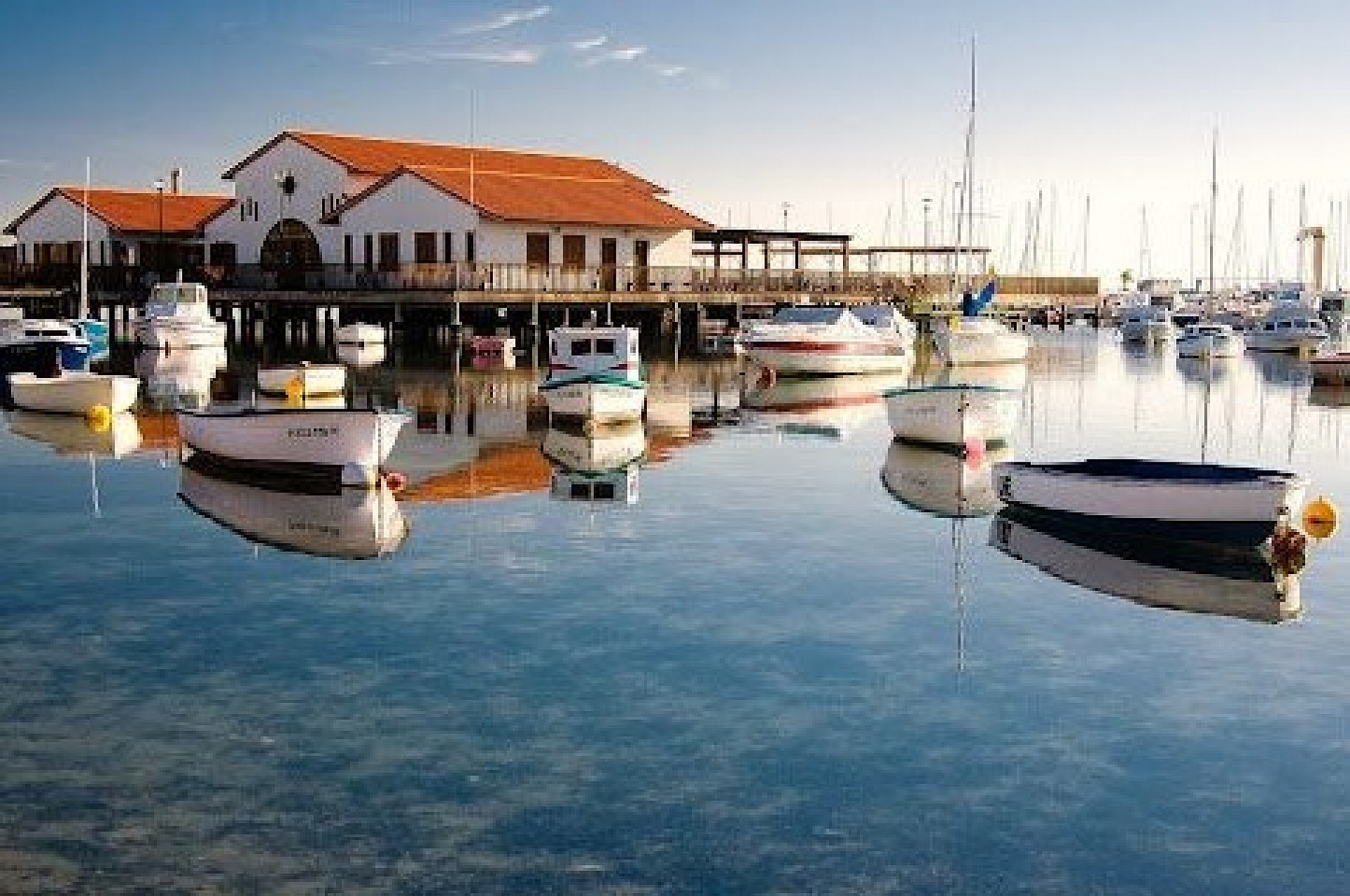
Los Alcázares is a young municipality. On 13 October 1983 it gained independence from San Javier and Torre-Pacheco. A fact that is celebrated annually with a party week full of live music, shows, a windsurfing competition and fireworks. Although a small municipality with more than 15,500 inhabitants, that number swells to more than 100,000 during the summer months. In addition to the appeal of the Mar Menor, its central location with regard to many golf courses plays an important role in that summer explosion. Los Alcázares boasts that golf enthusiasts can find as many as thirty golf courses less than an hour's drive from the city. One (La Serena Golf) is within the city limits and another course (Roda Golf) is very close by in San Javier.
Los Alcázares has had periods in the past when fishing and the agricultural sector played a prominent role. In 1915, the aircraft industry was added to that list. The city had the first seaplane base in Spain. Though only partially used today, the military airbase lives on in Hollywood history. Twice it was the location for a movie: in 2008 for 'The Garden of Eden' and in 2010 for the 'Green Zone', a war film starring Matt Damon.
The interest of vacationing tourists and international home buyers are important sources of income for the city government. Los Alcázares is happy with the arrival of foreigners. But in the past it was a bit different. Then other cultures arrived unsolicited and against the wishes of the inhabitants on the coast of the Mar Menor. These uninvited guests settled there with dubious intentions.
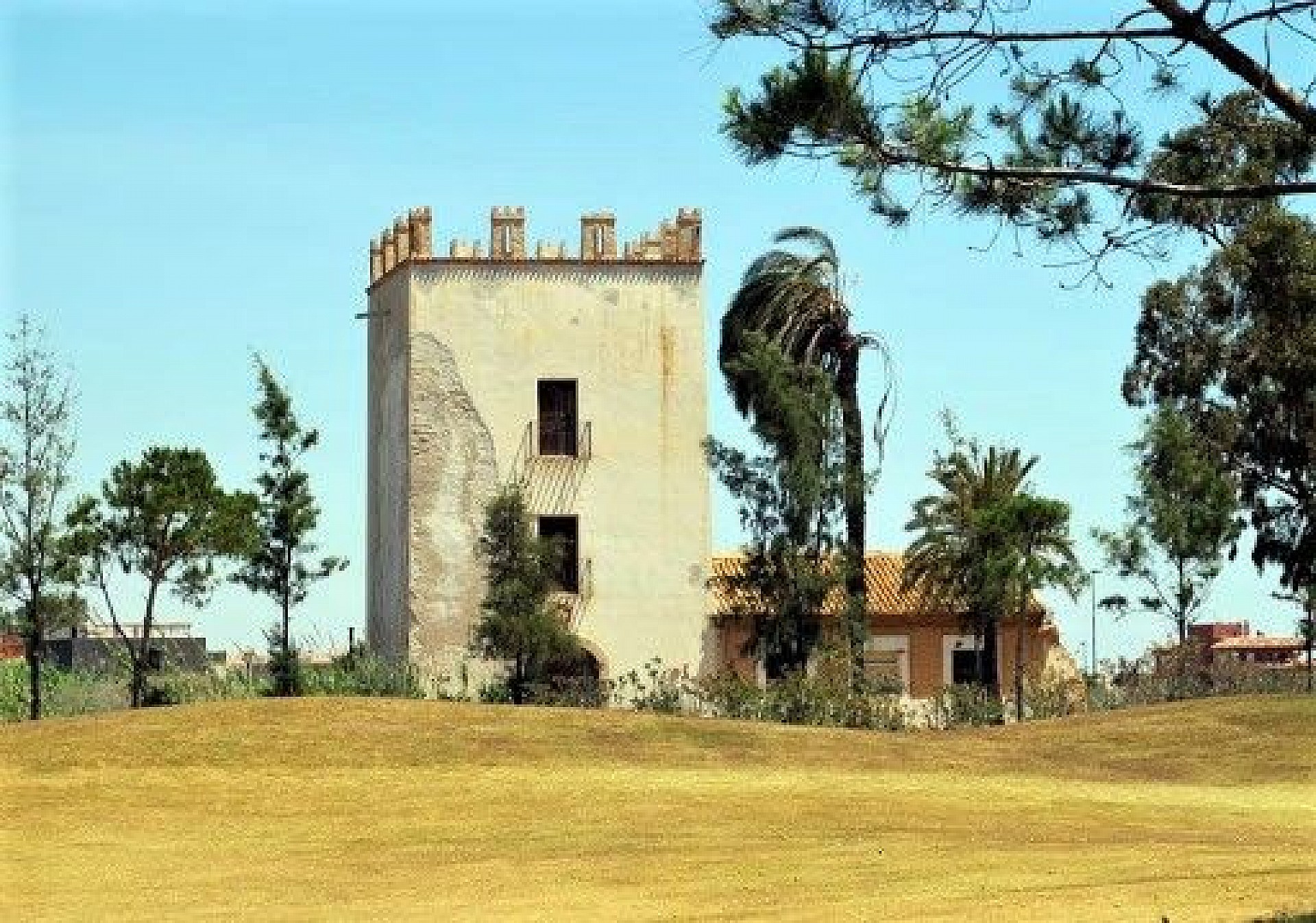
The Romans settled in the region in 210 BC. They had two main reasons for establishing a large community there. The first was financial. The Romans saw the potential of the Mar Menor for salt production and the establishment of a meat industry in which the 'curing' of meat became an important way of preserving the food. In addition, a thriving fishing industry could be developed relatively easily. As an extension of those natural sources of income, Los Alcázares was also an ideal location to build it into a town of spas and baths with therapeutic qualities. But the Romans also recognized the strategic importance of Los Alcázares. The long isthmus of La Manga provided the invaders with a natural barrier against potential invaders.
During the occupation by the Moors, which began in the 6th century, the new rulers built on what the Romans had started. The therapeutic qualities of the spas and baths proved so appealing that the Moors began to build palaces and spas. This was also the time to which the city owes its name. Al Kazar means as much as the palace. In contemporary Spanish, Los Alcázares can be translated as the Palaces.
A remnant from that time is the Rami tower along the N-332 road on the way to Cartagena. The Moors built the small fortress as a watchtower. Later it was mainly used as a defense against pirate attacks. Over the centuries, hardly any changes have been made to the nine-meter-high fortress. After the departure of the Moors in 1272 came a long period of redistribution of the country. This resulted in a thriving agricultural sector. To this day, the province of Murcia is one of the most important agricultural areas in Spain.
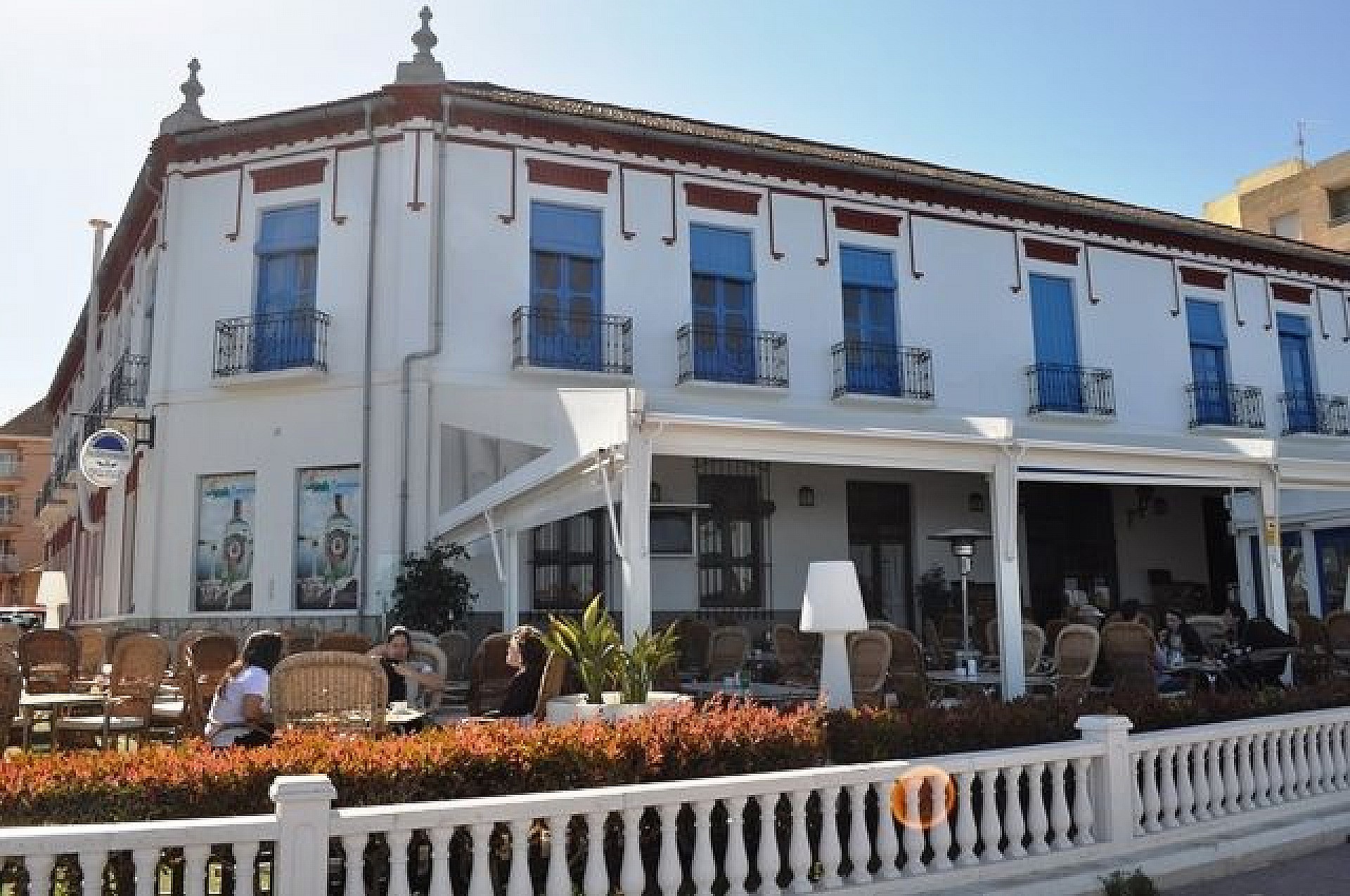
Leading up to today's international tourist industry, the history of Los Alcázares is marked by yet another significant event. Around 1900, wealthy families from the province of Murcia started building summer residences along the Mar Menor. That was the reluctant start of a tourist industry, which has exploded a century later.
An accidental find in 1990 in the village of Los Narejos just north of Los Alcázares opened a new chapter in local history. During road works, a collection of old water storage sites was found. These appeared to date from the first century. The Roman constructions must have been intended to collect rainwater.
In a special leaflet, the tourist office of Los Alcázares recommends five itineraries, each highlighting part of the town's charm. Here is an explanation of those routes.
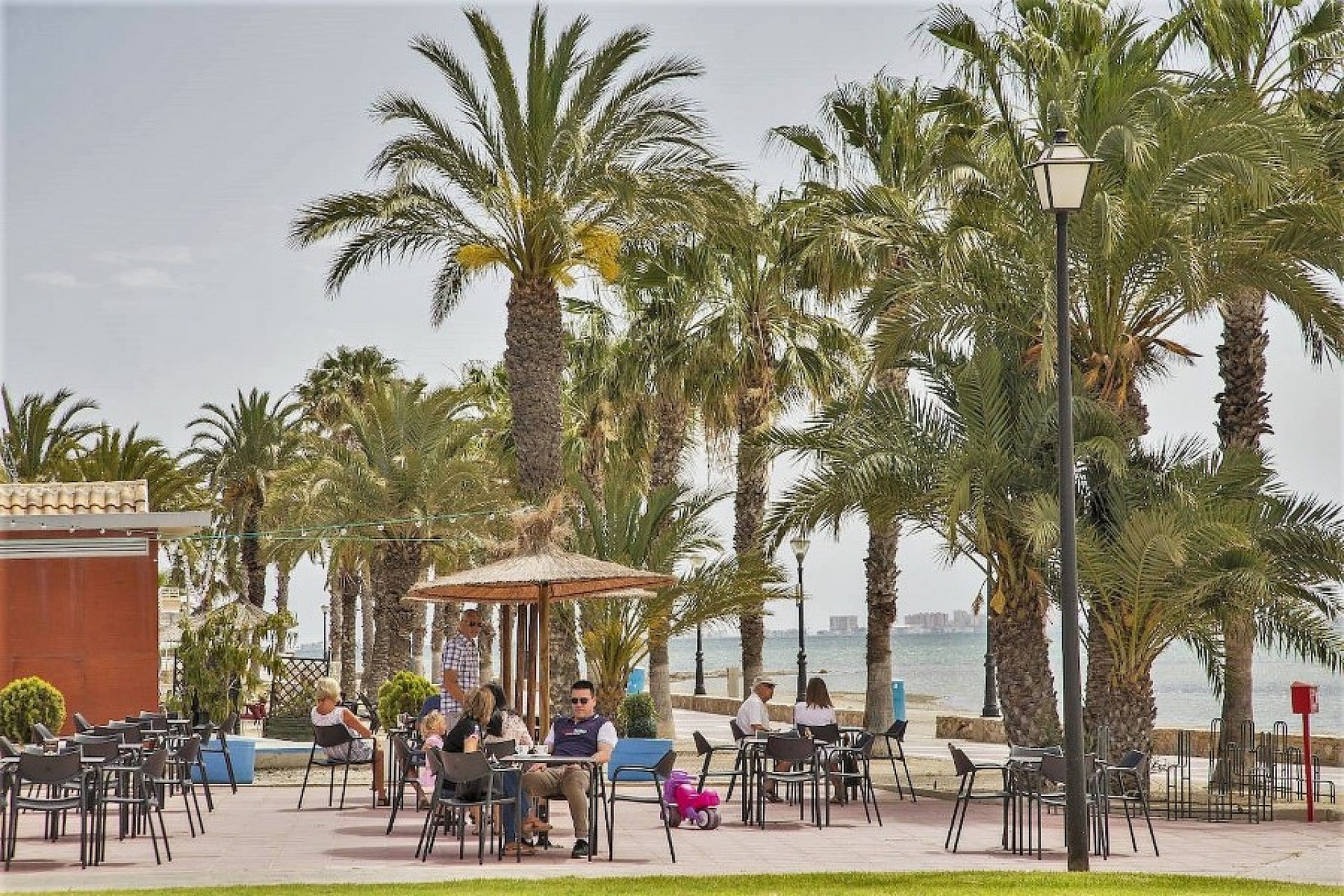
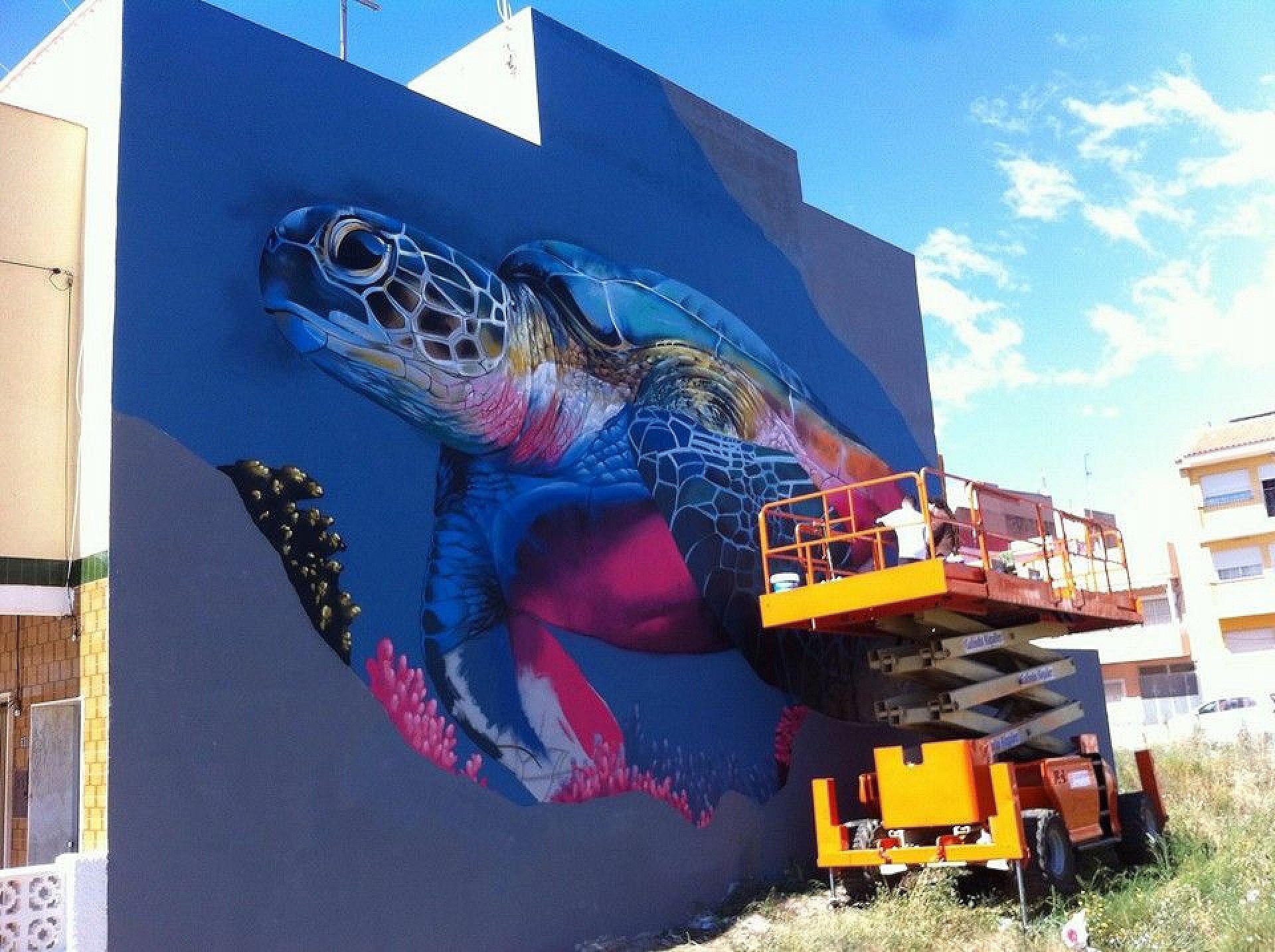
Since Los Alcázares became independent in 1983, art forms have always played an important role. In addition to the aforementioned initiative to give the city an important place in the world of street art, the municipality also has a good eye for immortalizing important events and people in monuments and statues. The most important of these are the statue of the fisherman at the Playa Espejo, the monument to the agricultural worker at the entrance to the park las Penas Huertanas, the monument to the miner in the Rio Sella street and the Independence monument on Paseo Carrion.
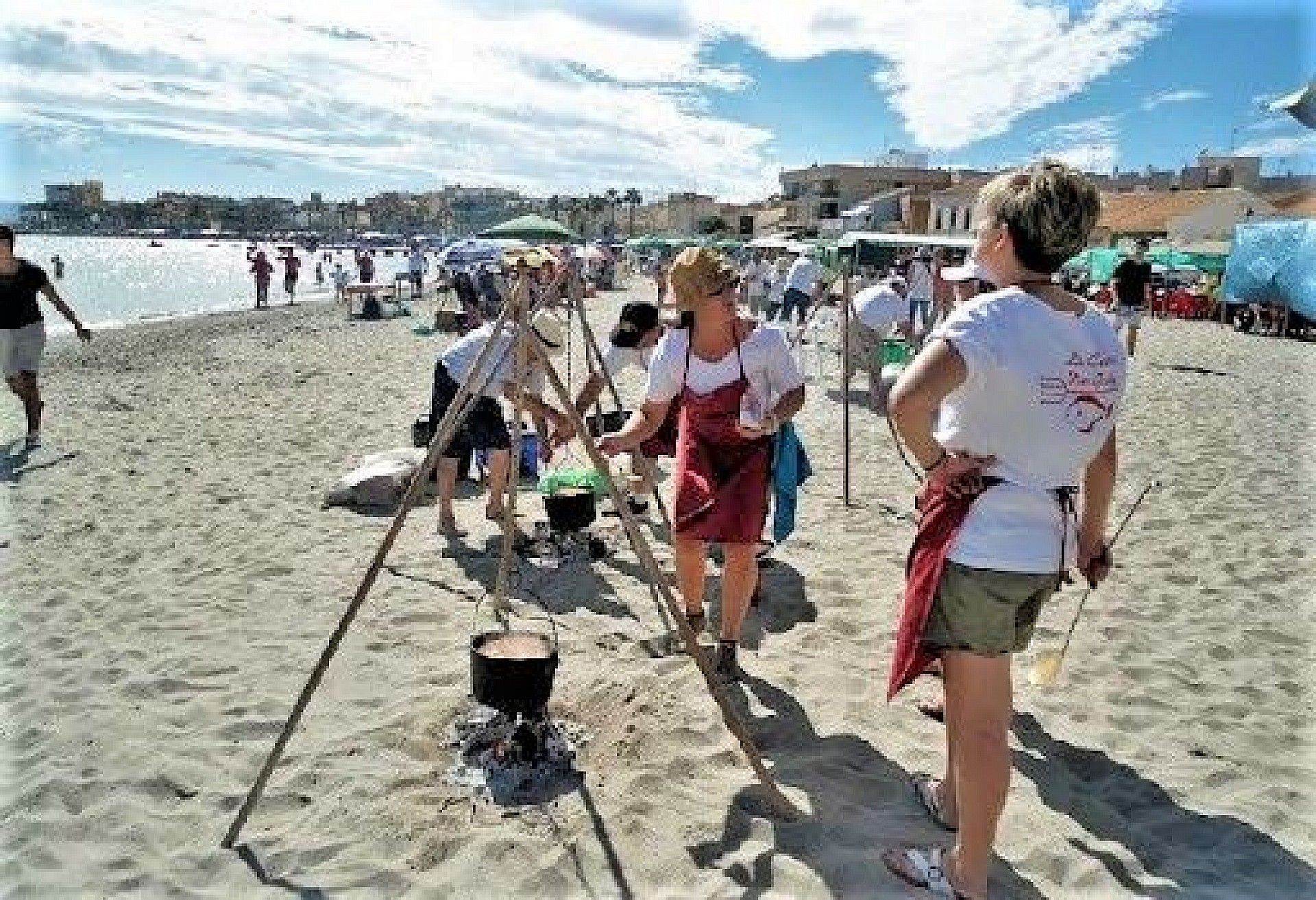
And of course celebrations also play an important role in cultural life. Here is a brief summary:
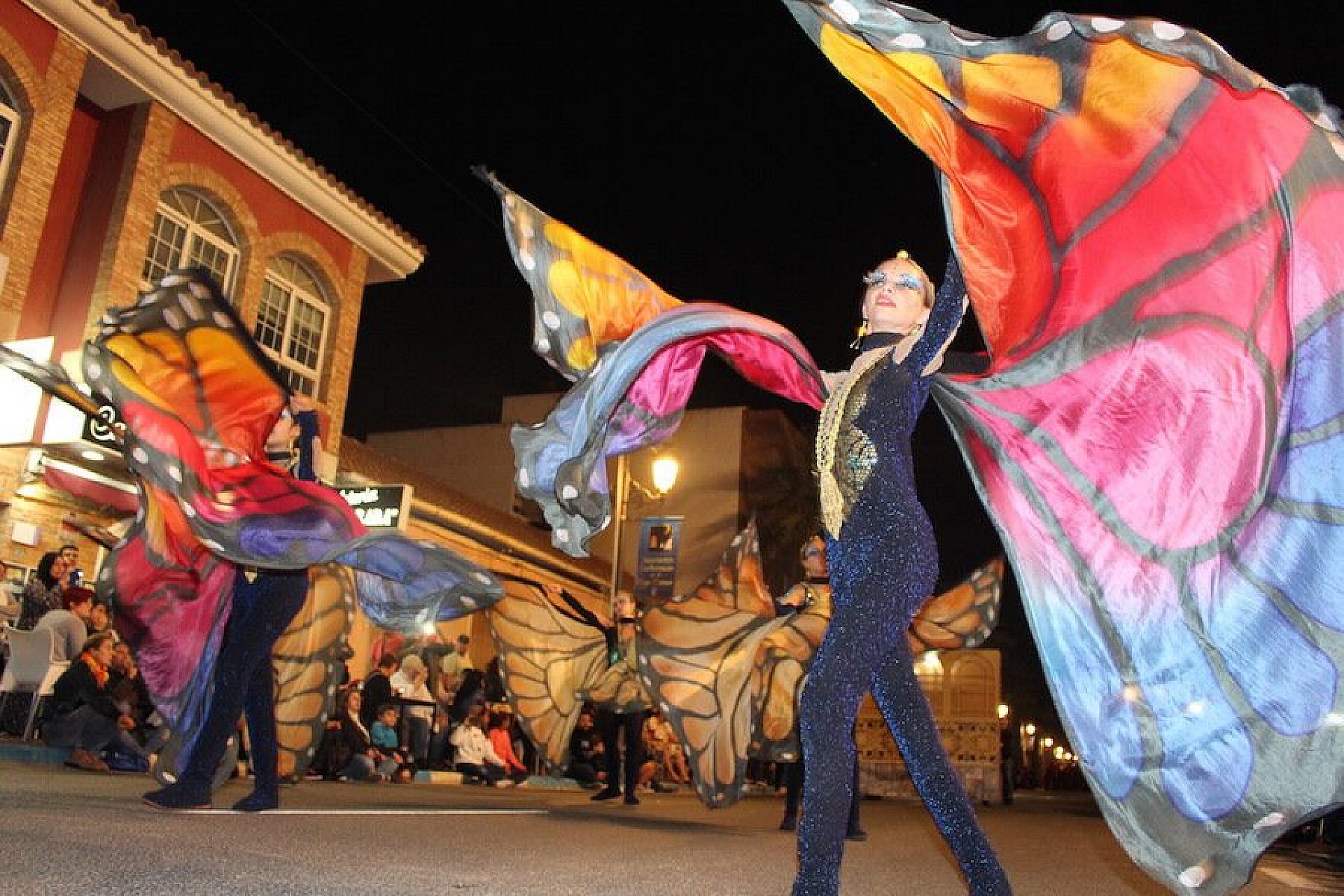
The La Serena golf course on the Mar Menor is known as a course with the necessary obstacles. With many water features and bunkers, golfers have many problems to solve. An additional difficulty can be caused by the regularly blowing levante wind. For information on a range of golf courses in the region see our Golf page.
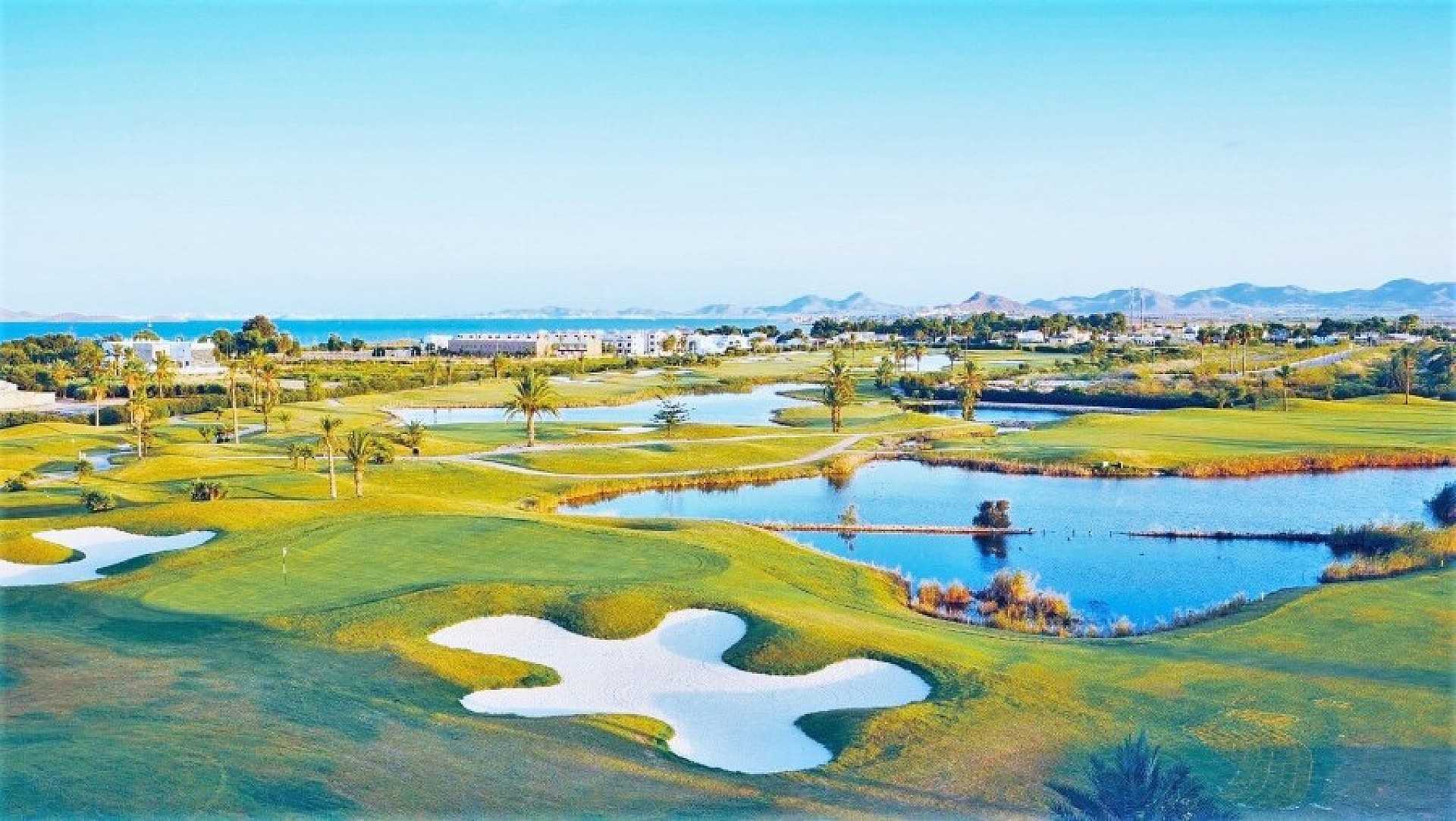
The Roda golf course is close by at San Javier. This course is characterized by undulating fairways, lakes and palm trees. Connoisseurs do not find Roda Golf too challenging due to the fairly open landscape.
Water sports come here in all shapes and sizes. Due to the favorable natural conditions in the Mar Menor, many sports can be practiced such as: flyboarding, water skiing, paddle and kayaking. In Los Alcázares there are several schools where you can practice sailing, windsurfing, kite surfing and canoeing.
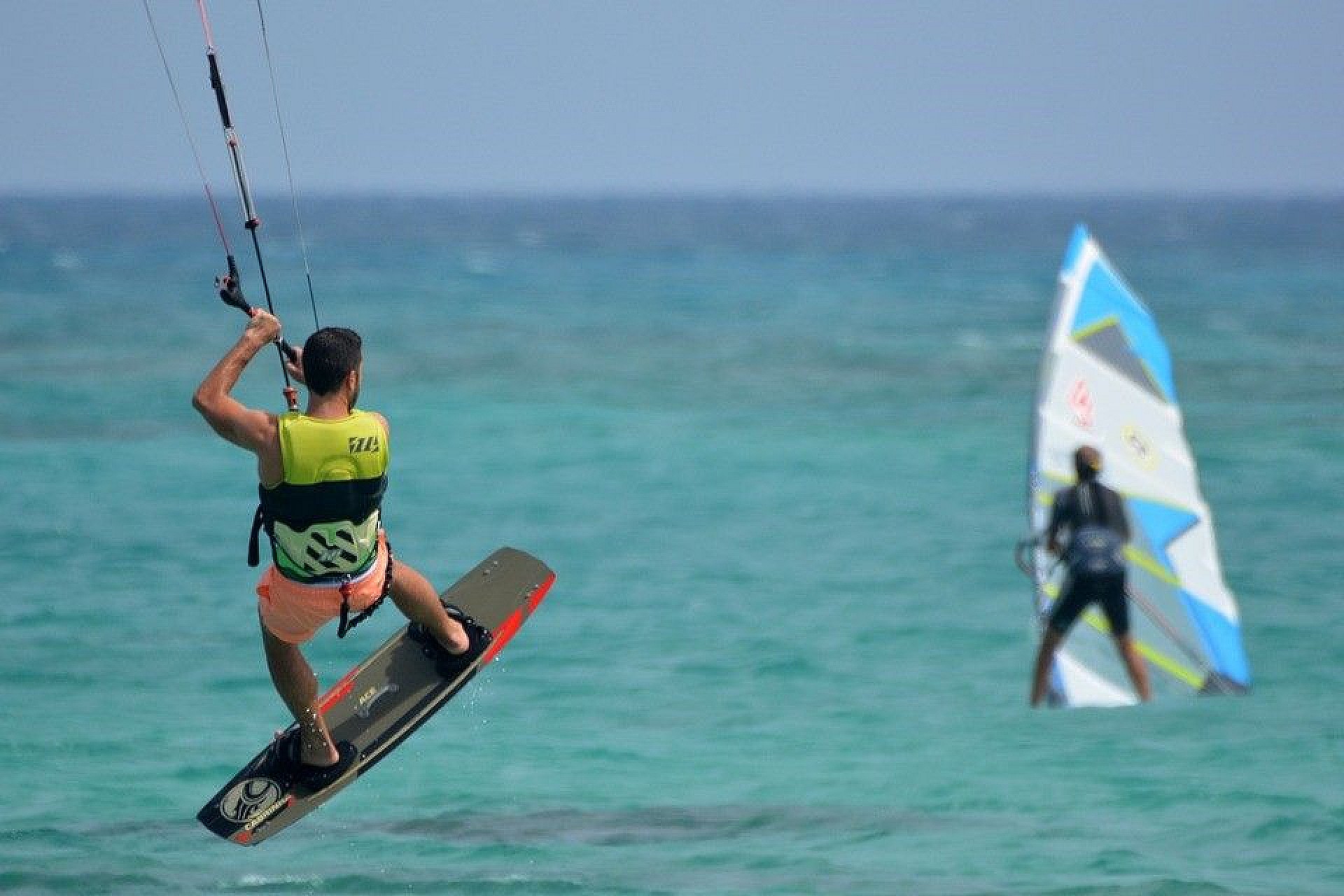
For other sports, enthusiasts can visit the sports center with a large swimming pool and gym. Pilates, power step and zumba can also be practiced here.
Roller skate and skateboard facilities have been in place in the park Las Penas Huertas since 2015 and there is a go kart track close to the San Javier airport.